ChatGPT:
The term Anatolia has a rich etymology and historical significance that reflects its central role in human history. Here’s an overview:
Etymology
• Anatolia comes from the Greek word “Anatolḗ” (Ἀνατολή), meaning “east” or “sunrise.” This term was used by the ancient Greeks to describe the lands to the east of their homeland. In a broader sense, it referred to regions in Asia that lay in the direction of the rising sun.
• The name reflects the peninsula’s geographic position as the eastern extension of the Mediterranean world.
Historical Names
Anatolia has been known by various names throughout history, based on the peoples and cultures that inhabited or referred to it:
1. Assuwa (15th century BCE):
• One of the earliest names for the region, Assuwa, was used in Hittite texts. This name possibly referred to a confederation of states in western Anatolia and is thought by some scholars to be the origin of the name “Asia.”
2. Hatti (Hittite Period, 17th–12th centuries BCE):
• The central and northern parts of Anatolia were known as the land of the Hatti. The name comes from the Hattians, a pre-Indo-European people who lived there before the rise of the Indo-European Hittites.
3. Lydia, Phrygia, and Other Regional Names (1st Millennium BCE):
• Various regions of Anatolia were named after the dominant kingdoms or peoples of the time, such as Lydia, Phrygia, Caria, Lycia, and Pontus.
4. Asia (Classical Greek and Roman Periods):
• The name “Asia” was initially used by the Greeks for the western parts of Anatolia, specifically the region of Lydia, but it later expanded to refer to the entire continent.
5. Byzantine Anatolia (4th–15th centuries CE):
• During the Byzantine period, the region was often referred to simply as Anatolia, signifying its importance as the eastern heartland of the empire.
6. Rûm (Seljuk and Ottoman Periods):
• Under the Seljuks and later the Ottomans, Anatolia was commonly called Rûm, a term derived from the Arabic and Persian word for “Rome,” signifying the continuation of the Byzantine (Roman) legacy.
7. Turkey (Modern Era):
• After the rise of the Turkish Republic in the 20th century, the region became synonymous with modern-day Turkey, reflecting the dominance of the Turkish people since the 11th century CE.
Symbolism
The name Anatolia emphasizes its position as a bridge between continents, civilizations, and cultures—a land at the crossroads of East and West. Its history of names reflects the waves of cultures, empires, and peoples that have influenced the region over millennia.
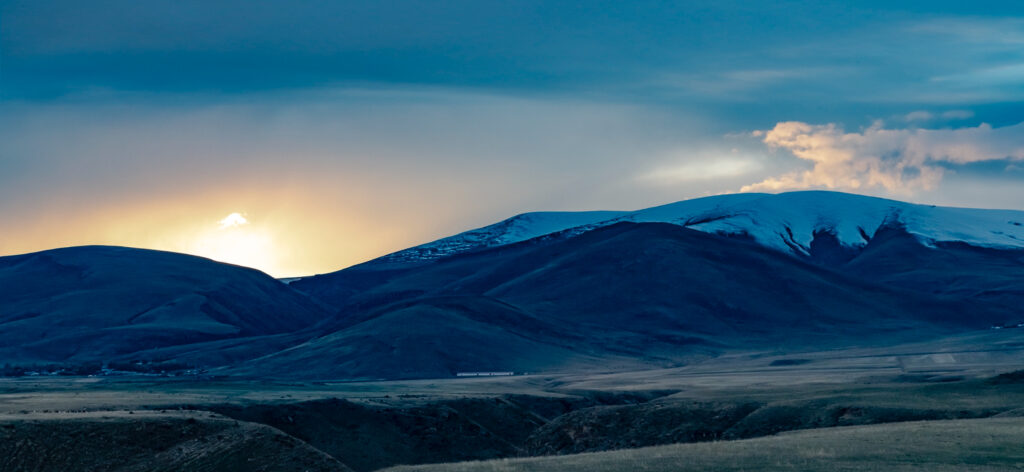
Anatolia, also known as Asia Minor, is a vast peninsula in Western Asia that forms the majority of modern-day Turkey. Its geography and climate are diverse, shaped by its position at the crossroads of Europe, Asia, and the Mediterranean. Here’s a detailed overview:
Geography
1. Location and Boundaries
• Anatolia is bounded by the Aegean Sea to the west, the Black Sea to the north, and the Mediterranean Sea to the south. To the east, it transitions into the Armenian Highlands and the Zagros Mountains.
• Its strategic location connects Europe and Asia through the Bosporus Strait and Dardanelles, with the Sea of Marmara in between.
2. Topographical Features
Anatolia’s landscape is varied, featuring mountains, plateaus, and coastal plains.
• Central Anatolian Plateau:
• This large, arid plateau lies in the heart of Anatolia and is surrounded by mountain ranges. It is dominated by steppe vegetation and has volcanic features, such as Mount Erciyes and Mount Hasan.
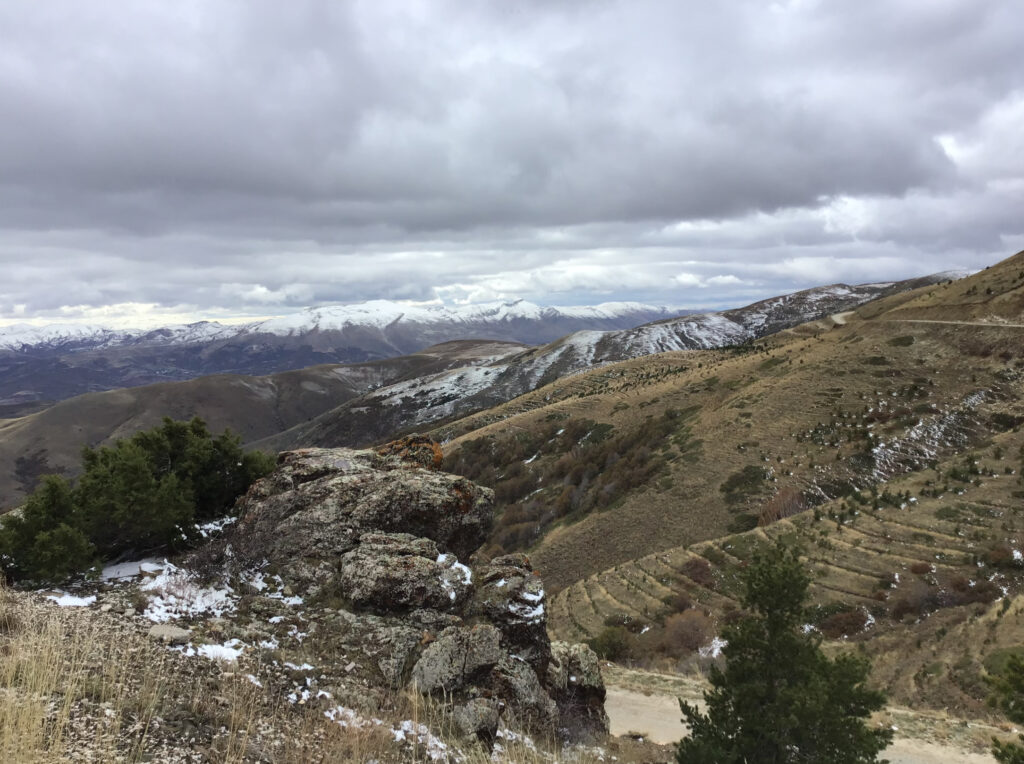
• The plateau is known for salt lakes, most notably Lake Tuz (Salt Lake).
• Mountain Ranges:
• Taurus Mountains: Stretch along the southern edge, separating the Mediterranean coast from the interior. These mountains are rugged and forested.
• Pontic Mountains: Run parallel to the Black Sea coast in the north, featuring lush, forested slopes due to high rainfall.
• Anti-Taurus Mountains: An extension of the Taurus range, they rise in the eastern part of the region.
• Ararat Mountain Range: Includes Mount Ararat, the highest peak in Turkey at 5,137 meters (16,854 feet).
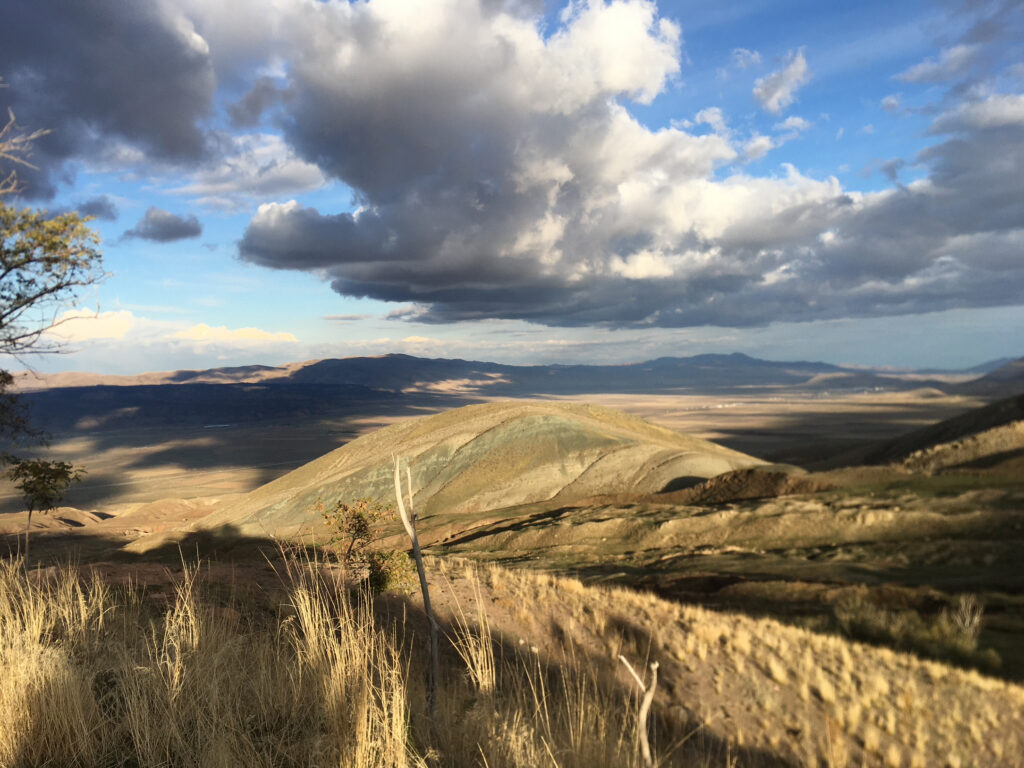
• Coastal Plains:
• The Aegean Coast: Characterized by fertile plains, river valleys (e.g., the Meander and Gediz), and indented coastlines with numerous bays and peninsulas.
• The Mediterranean Coast: Features narrow plains backed by the Taurus Mountains.
• The Black Sea Coast: Narrow coastal strips with steep slopes leading into the sea.
• Lakes and Rivers:
• Notable lakes include Lake Van (a saline soda lake in the east) and Lake Beyşehir.
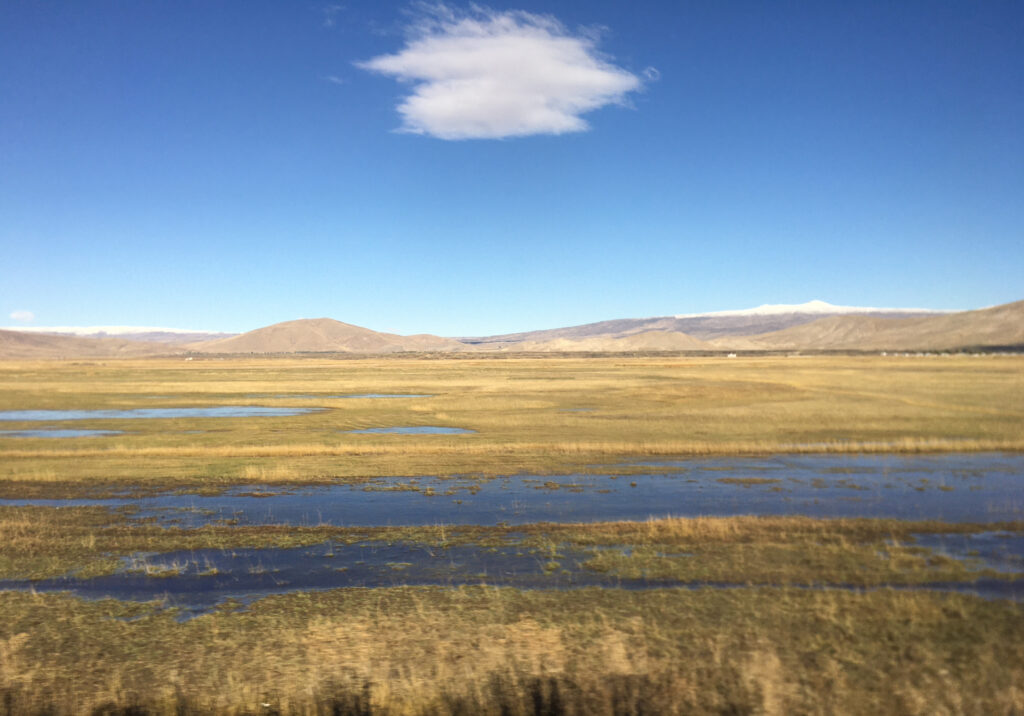
• Major rivers include the Kızılırmak (Turkey’s longest river), the Sakarya, and the Euphrates, which originates in eastern Anatolia.
3. Tectonic Activity
• Anatolia lies at the junction of the Anatolian Plate, the Eurasian Plate, and the Arabian Plate, making it a seismically active region. This has resulted in frequent earthquakes and the formation of fault lines such as the North Anatolian Fault.
Climate
Anatolia experiences a variety of climates due to its diverse topography and geographic location.
1. Coastal Regions
• Mediterranean Climate (South and West Coasts):
• Hot, dry summers and mild, wet winters.
• Typical Mediterranean vegetation includes olive trees, citrus, and maquis shrubs.
• Average summer temperatures: 28–30°C (82–86°F).
• Average winter temperatures: 10–15°C (50–59°F).
• Oceanic Climate (Black Sea Coast):
• Characterized by mild temperatures and high rainfall throughout the year.
• This region supports dense forests and agriculture, including hazelnuts and tea.
• Average annual precipitation: 1,000–2,500 mm (40–100 inches).
2. Interior Regions
• Continental Climate (Central Anatolia):
• Hot summers and cold winters, with lower annual rainfall.
• The steppe vegetation dominates, with limited forests.
• Average summer temperatures: 25–30°C (77–86°F).
• Average winter temperatures: -5 to -15°C (23 to 5°F).
• Semi-Arid and Arid Zones (Southeastern Anatolia):
• These regions are drier, with steppe and desert-like landscapes.
• Average annual precipitation: 300–500 mm (12–20 inches).
3. Eastern Anatolia
• Continental Climate with Alpine Features:
• Extremely cold winters and heavy snowfall; summers are short but warm.
• The region features high-altitude plateaus and mountains, with subalpine vegetation.
• Winter temperatures can drop below -30°C (-22°F) in higher elevations.
Biodiversity
The varied geography and climate of Anatolia support diverse ecosystems:
• Coastal forests (Black Sea), Mediterranean maquis, steppes (central), and alpine vegetation (eastern mountains).
• It is home to numerous endemic plant and animal species, making it a biodiversity hotspot.
Conclusion
Anatolia’s geographic diversity, from its fertile coastal plains to its rugged mountain ranges and vast steppes, has shaped its history as a cradle of civilizations. Its climates, ranging from Mediterranean warmth to alpine cold, contribute to its rich agricultural and ecological tapestry. This diversity has also played a crucial role in fostering its cultural and historical significance.
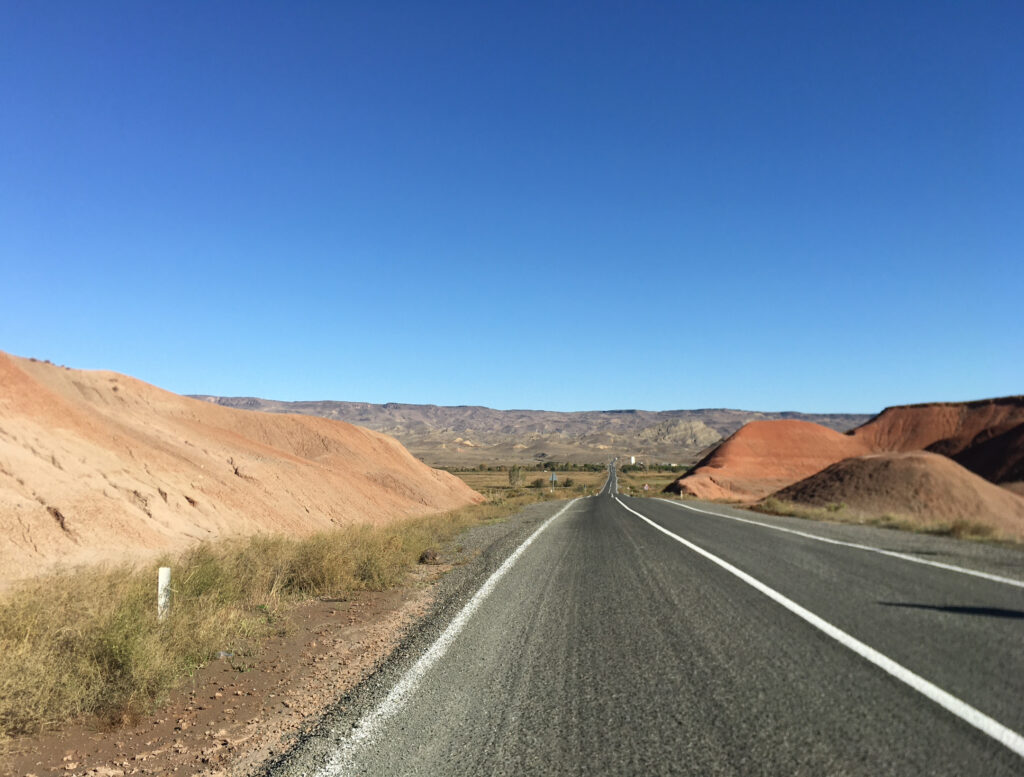
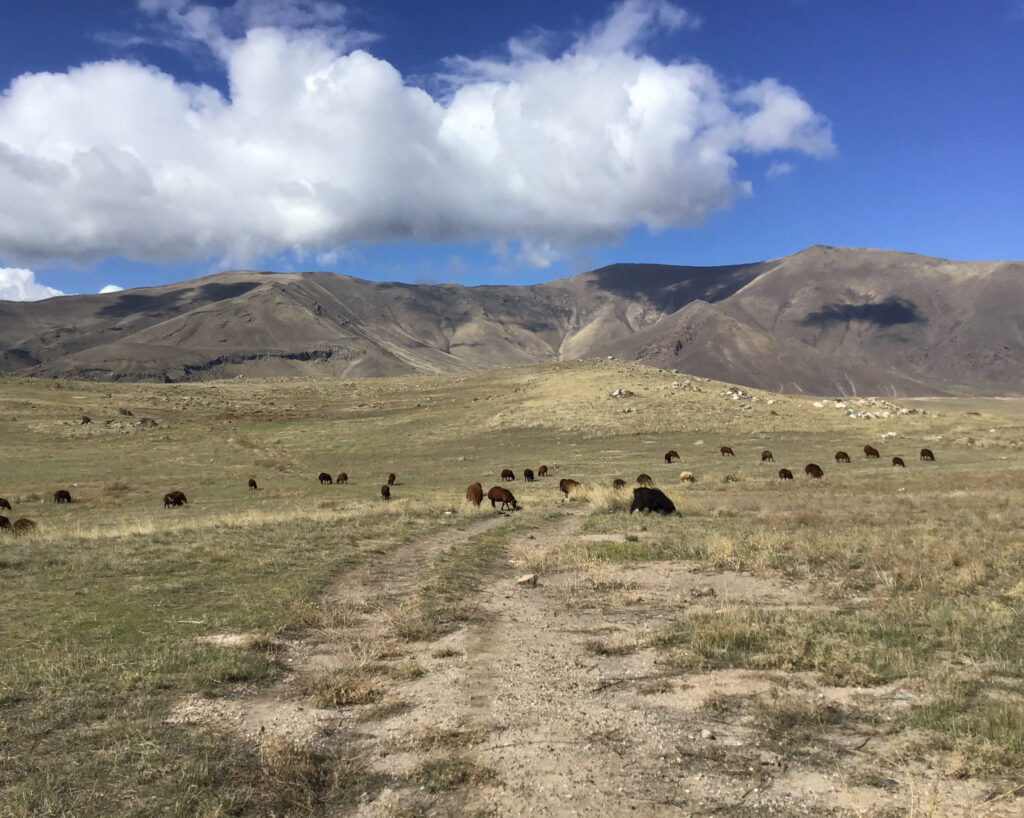
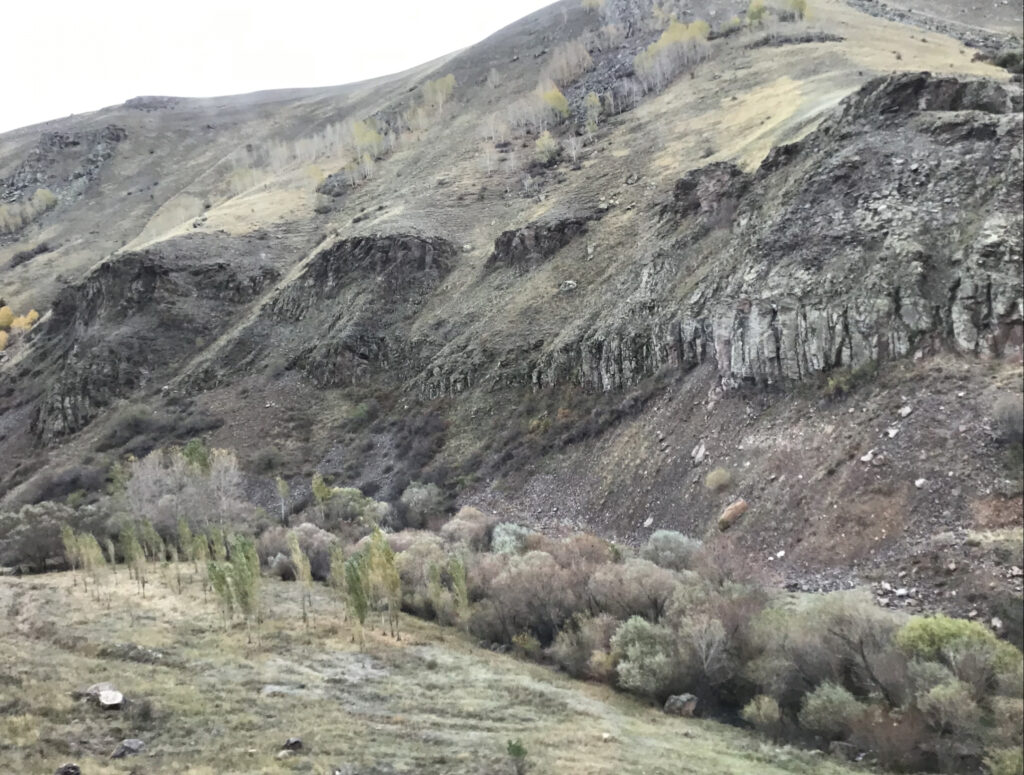
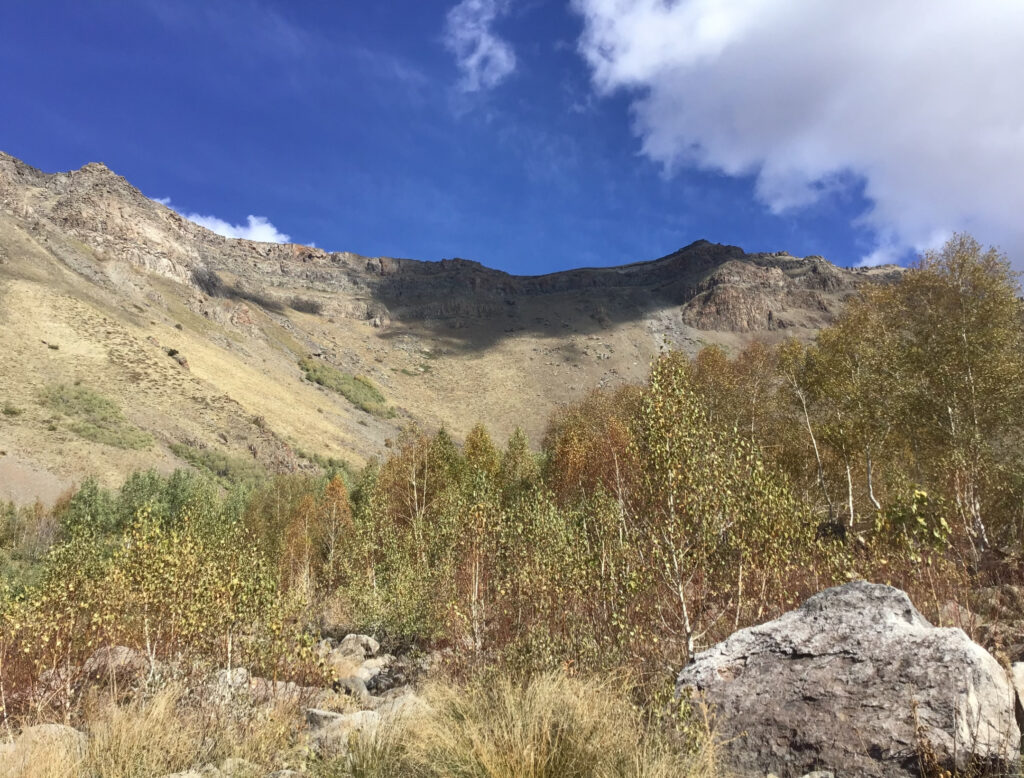
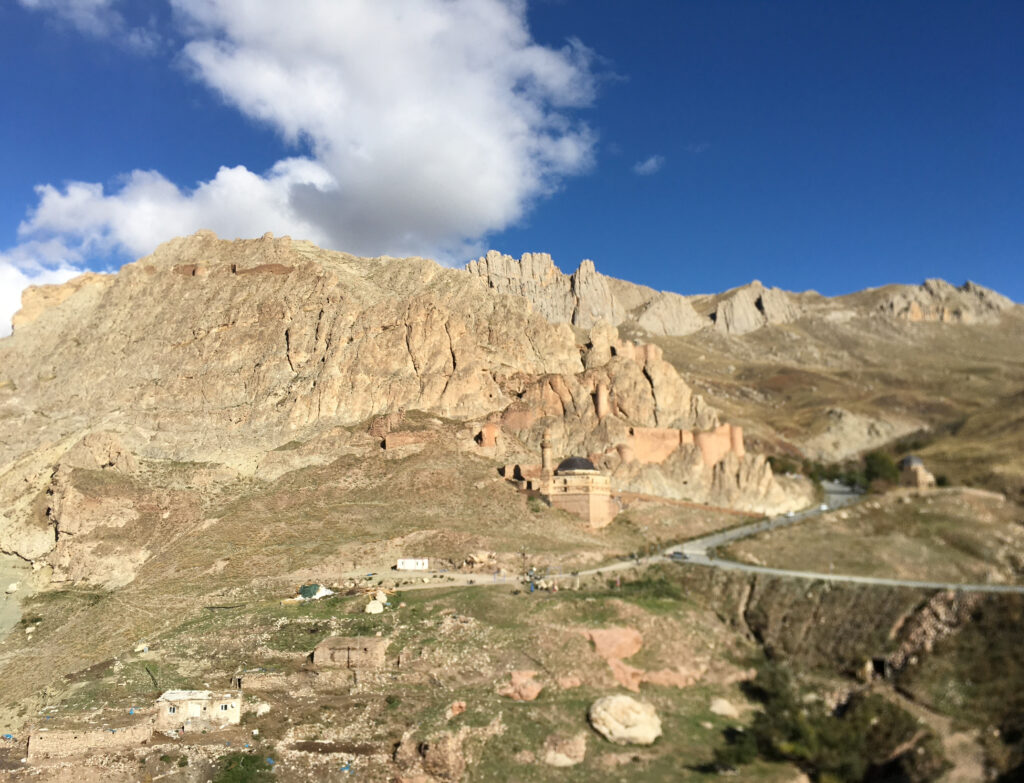
Anatolia’s geology and ecoregions are as diverse as its geography and climate, shaped by its location at the confluence of major tectonic plates and its varied topographical features. Below is a detailed overview:
Geology of Anatolia
1. Tectonic Framework
Anatolia lies at the junction of three major tectonic plates: the Eurasian Plate, the Arabian Plate, and the African Plate. This complex tectonic setting has resulted in diverse geological formations, active fault lines, and significant seismic activity.
• Anatolian Plate: A microplate squeezed westward by the northward movement of the Arabian Plate.
• North Anatolian Fault (NAF): A major strike-slip fault running across northern Anatolia, responsible for frequent and powerful earthquakes.
• East Anatolian Fault (EAF): A similar fault in the southeast, where the Arabian Plate collides with Anatolia.
• Subduction Zones: To the south, the African Plate is subducting beneath Anatolia, contributing to volcanic activity in the region.
2. Geological Features
• Crystalline Basement Rocks: Central and eastern Anatolia feature ancient crystalline rocks from the Precambrian and Paleozoic eras.
• Ophiolites: Remnants of ancient oceanic crust, particularly in southeastern Anatolia, evidence of past tectonic collisions.
• Volcanism:
• Notable volcanic features include Mount Ararat, Mount Erciyes, and Mount Nemrut.
• Volcanic plateaus, such as the Cappadocian region, are formed by extensive eruptions, creating the iconic tuff formations.
• Sedimentary Basins:
• Large basins like the Konya Basin and Menderes Massif host sedimentary rocks from the Mesozoic and Cenozoic eras.
• Rich in fossils and natural resources, including coal and hydrocarbons.
• Limestone Formations:
• Extensive limestone deposits in southern Anatolia contribute to karst landscapes, such as caves and travertine terraces, exemplified by Pamukkale.
Ecoregions of Anatolia
Anatolia’s ecoregions reflect its varied climate, altitude, and geographic features. These regions are categorized under the Palearctic realm, with diverse ecosystems ranging from Mediterranean forests to high mountain steppes.
1. Mediterranean Ecoregions
• Aegean and Mediterranean Coastlines:
• Dominated by Mediterranean forests, woodlands, and scrub, featuring drought-resistant vegetation like olives, pines, and maquis shrubs.
• Rich biodiversity, including endemic plant species and habitats for birds like the Bonelli’s eagle.
2. Black Sea Region
• Euxine-Colchic Deciduous Forests:
• Found along the humid Black Sea coast, this ecoregion supports lush temperate forests dominated by oak, beech, and hornbeam.
• Includes subtropical pockets where laurels and rhododendrons thrive.
• High rainfall supports agriculture, particularly tea and hazelnuts.
3. Central Anatolian Plateau
• Central Anatolian Steppe:
• Characterized by semi-arid grasslands and shrublands.
• Dominant vegetation includes grasses, sagebrush, and drought-tolerant shrubs.
• A critical habitat for steppe wildlife, including gazelles and endemic larks.
4. Southeastern Anatolia
• Eastern Mediterranean Woodland and Steppe:
• Transition zone between Mediterranean forests and arid steppes.
• Scattered woodlands of oak and pistachio, interspersed with grasslands.
• Hosts unique fauna, including the endangered striped hyena and several migratory birds.
5. Eastern Anatolian Highlands
• Caucasus Mixed Forests:
• Found in the northeastern mountainous regions near the border with Georgia and Armenia.
• Rich in coniferous and deciduous forests, with high biodiversity.
• Anatolian Montane Forest and Steppe:
• High-altitude grasslands and sparse forests dominated by juniper and fir.
• Habitats for large mammals like the brown bear and gray wolf.
6. Arid and Semi-Arid Ecoregions
• Anatolian Desert and Semi-Desert:
• Found in parts of southeastern Anatolia, with sparse vegetation adapted to arid conditions.
• Key features include salt flats like Lake Tuz and saline-adapted flora.
• Important for migratory birds, including flamingos.
7. Freshwater and Wetland Ecoregions
• Wetlands:
• Wetlands, such as the Gediz Delta and Lake Beyşehir, support rich biodiversity, including waterfowl and fish species.
• River Systems:
• Rivers like the Euphrates and Tigris support riparian habitats vital for both flora and fauna.
Geological and Ecological Significance
1. Geological Wealth:
• Rich in minerals, including chromite, boron, and marble.
• Fossil fuel reserves in southeastern Anatolia, particularly in the Tigris-Euphrates basin.
2. Biodiversity Hotspot:
• Anatolia is part of the Mediterranean biodiversity hotspot, with high rates of endemism.
• A critical region for migratory bird routes, known as the Palearctic flyway.
Conclusion
Anatolia’s geology and ecoregions are a testament to its dynamic natural history, marked by tectonic activity, diverse climates, and rich ecosystems. Its geological features have shaped its physical landscape, while its varied ecoregions support an array of habitats that are vital to global biodiversity.
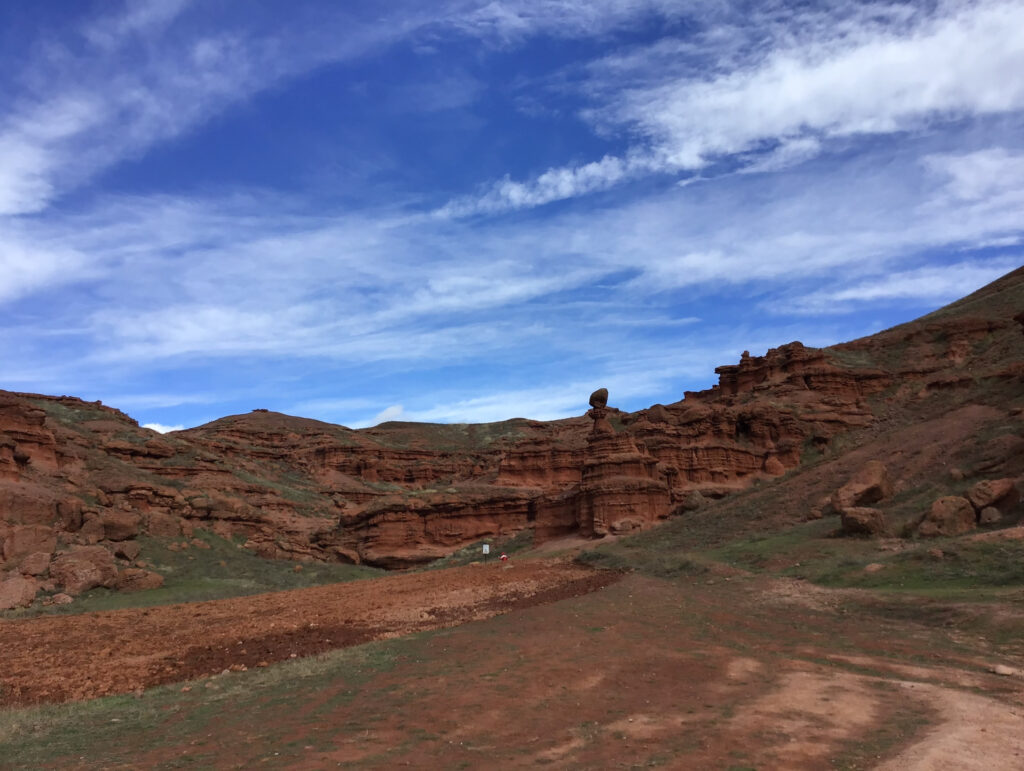
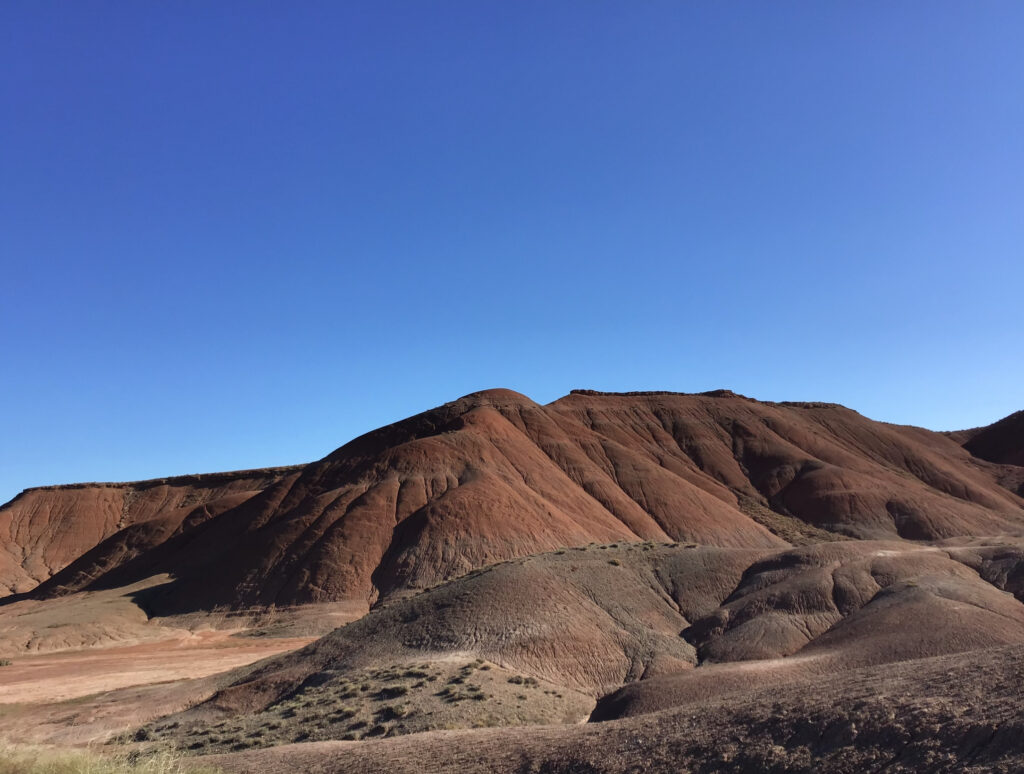
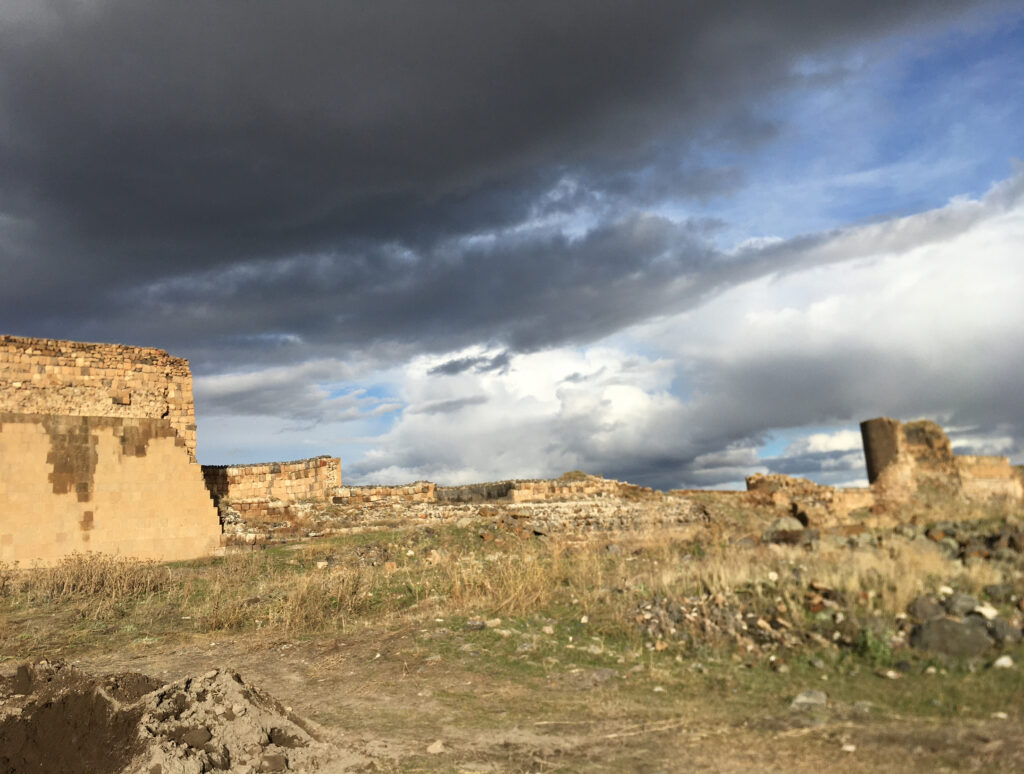
Anatolia, due to its strategic location and rich resources, has been a cradle of civilizations for millennia. Numerous cultures and empires have risen, flourished, and declined in this region, leaving behind a layered historical legacy. Below is a chronological sequence of the major civilizations and their contributions to the history of Anatolia:
1. Prehistoric Periods (Pre-10,000 BCE – c. 2000 BCE)
Paleolithic Era (Pre-10,000 BCE)
• The earliest human presence is evident from archaeological sites like the Karain and Beldibi caves.
• Early humans were hunter-gatherers relying on stone tools.
Neolithic Era (c. 10,000 – 3000 BCE)
• Çatalhöyük (c. 7400–6200 BCE): One of the world’s earliest urban centers, known for its advanced communal living, agriculture, and art.
• Transition from nomadic life to settled farming communities.
• Development of pottery, animal domestication, and early religious practices.
Chalcolithic Era (c. 5000–3000 BCE)
• Metallurgy began with the use of copper tools.
• Growth of small settlements with trade connections across the region.
2. Early Bronze Age (c. 3000–2000 BCE)
Hattians
• Indigenous people of central Anatolia who laid the groundwork for later Hittite civilization.
• Known for early city-states and religious practices centered around the worship of natural elements.
Assyrian Trade Colonies (c. 2000 BCE)
• Assyrian merchants established trade networks, such as the Karum (trading posts) at Kültepe (Kanesh).
• Introduction of cuneiform writing to Anatolia.
3. Hittite Empire (c. 1650–1200 BCE)
• The Hittites, an Indo-European people, founded a powerful kingdom in central Anatolia.
• Capital: Hattusa, known for its monumental architecture and advanced urban planning.
• Key achievements:
• First recorded peace treaty (Treaty of Kadesh with Egypt, c. 1259 BCE).
• Sophisticated legal and administrative systems.
• Collapse: Likely due to internal strife and the Bronze Age Collapse.
4. Iron Age and Neo-Hittite Kingdoms (c. 1200–600 BCE)
Phrygians
• Successors to the Hittites, centered in western and central Anatolia.
• Known for their capital Gordion and the legendary King Midas.
• Developed advanced metalworking and textiles.
Urartians (c. 860–590 BCE)
• Centered in eastern Anatolia, with the capital at Tushpa (Van).
• Excelled in fortification and irrigation engineering.
Lydians (c. 680–547 BCE)
• Western Anatolian kingdom famous for its wealth and King Croesus.
• Invented coinage, revolutionizing trade and economy.
Greeks and Ionians
• Colonized the Aegean coast, founding cities like Ephesus, Miletus, and Smyrna.
• Major contributors to art, science, and philosophy, marking the beginning of the Classical Age in Anatolia.
5. Persian Period (c. 547–334 BCE)
• After the conquest of Lydia by Cyrus the Great, Anatolia became part of the Achaemenid Empire.
• Divided into satrapies (administrative regions) like Ionia and Caria.
• Maintained local cultures while introducing Persian administrative practices and Zoroastrian influence.
6. Hellenistic Period (334–30 BCE)
• Alexander the Great defeated the Persians and brought Anatolia into the Hellenistic world.
• Division into several Hellenistic kingdoms after Alexander’s death, including:
• Seleucid Empire
• Kingdom of Pergamon
• Kingdom of Pontus
• Flourishing of Greek culture, art, and science, blending with Anatolian traditions.
7. Roman and Byzantine Periods (30 BCE – 1453 CE)
Roman Empire (30 BCE – 395 CE)
• Anatolia became an integral part of the Roman Empire.
• Cities like Ephesus, Pergamon, and Aphrodisias prospered as cultural and economic hubs.
• Introduction of Christianity, with cities like Antioch becoming early Christian centers.
Byzantine Empire (395–1453 CE)
• Anatolia became the heartland of the Eastern Roman (Byzantine) Empire.
• Major events:
• Establishment of Constantinople (modern Istanbul) as the capital.
• Defense against Arab invasions and the rise of Orthodox Christianity.
• Decline due to Seljuk and later Ottoman conquests.
8. Seljuk Period (11th–13th Century)
• Battle of Manzikert (1071): Seljuk Turks defeated the Byzantines, marking the beginning of Turkish dominance in Anatolia.
• Anatolia became known as the Sultanate of Rum, with Konya as its capital.
• Flourishing of Islamic culture, architecture (e.g., mosques and caravanserais), and the integration of Persian and Turkic influences.
9. Ottoman Empire (14th–20th Century)
• By the late 13th century, the Ottoman Turks began consolidating power in northwestern Anatolia.
• Anatolia became the core of the Ottoman Empire, with Bursa and later Istanbul serving as capitals.
• Ottoman rule brought significant advancements in architecture, trade, and administration.
• Integration of diverse ethnic and religious groups under the millet system.
10. Modern Era (20th Century – Present)
• Following the fall of the Ottoman Empire after World War I, the Republic of Turkey was founded in 1923 under Mustafa Kemal Atatürk.
• Anatolia underwent rapid modernization and became the political and cultural heart of Turkey.
Conclusion
Anatolia’s history is a rich tapestry woven from the threads of indigenous cultures, Indo-European migrations, and external influences from Mesopotamia, Greece, Persia, and Rome. Its role as a bridge between East and West has made it a melting pot of civilizations, each leaving a lasting legacy in its archaeology, art, and cultural identity.

